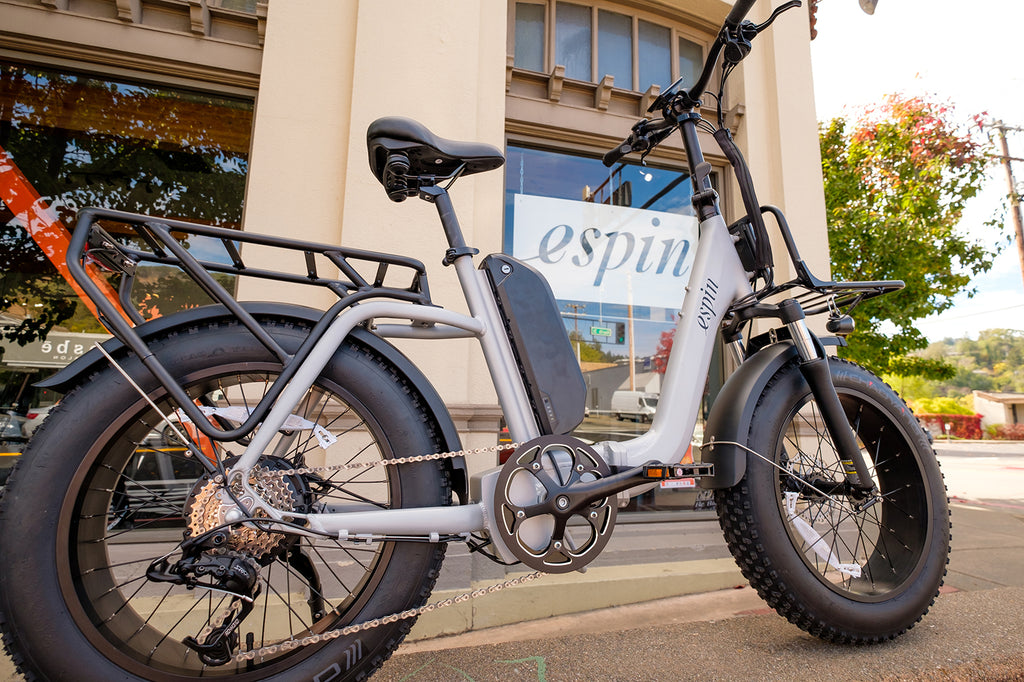Revolutionizing Your Ride: A Deep Dive into Ebike Batteries

The world of e-bike batteries is complex, with various parameters playing a pivotal role in their performance. Understanding these parameters is key to making informed decisions about your battery of ebike, whether you're purchasing a new one or maintaining an existing one.
Breaking Down Battery Parameters
1. Cell Types and Structure: batteries of ebikes are built from individual cells, either cylindrical (like AA batteries) or prismatic (similar to smartphone batteries). The 18650 cell type is a common cylindrical form used in e-bike batteries. The structure and type of these cells affect the battery's overall performance, size, and weight.
2. Quality and Brand Considerations: The longevity and efficiency of an e-bike battery often depend on the quality of its cells. Renowned manufacturers such as Panasonic, LG, and Samsung are known for high-quality cells that offer better performance and durability.
3. Cell Chemistry: The chemical composition of batteries, notably Lithium-ion (Li-ion), is crucial. Variants like Nickel Manganese Cobalt (NMC), Lithium Cobalt Oxide (LCO), and Lithium Iron Phosphate (LFP) each offer different balances of energy capacity, longevity, and safety. Understanding these variants helps in selecting a battery that best fits your needs.
4. Battery Capacity and Range: Measured in Watt-Hours (Wh), the battery's capacity determines its range. This is calculated by multiplying the Amp-hours (Ah) by the battery's voltage. The range also depends on factors like the rider’s weight, terrain, and biking habits.
5. Lifespan and Cycle Count: The lifespan of an Ebike battery is often defined by its cycle count - the number of complete charge and discharge cycles it can undergo before its capacity falls significantly (usually below 80% of its original capacity). Proper usage and maintenance can help maximize this lifespan.
Selecting and Maintaining Your E-Bike Battery
1. Balance Your Requirements: Decide whether you need a battery with a longer range or one with more power. This decision should guide your choice in terms of cell chemistry and capacity.2. Maintenance for Longevity: Protect your battery's lifespan by charging it at room temperature, using a slow charger, and avoiding exposure to extreme temperatures. Storing the battery at around 30% charge when not in use can also prolong its life.
Conclusion
Understanding the various parameters of e-bike batteries is essential for making informed choices and ensuring optimal performance. By considering factors like cell type, quality, chemistry, capacity, and maintenance practices, you can significantly enhance your e-biking experience and extend the life of your battery.
